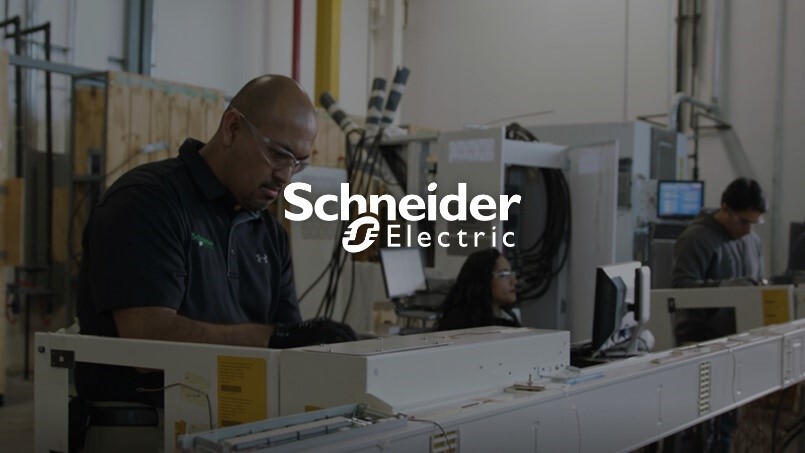The way we generate, distribute, consume, and store energy is undergoing a major transformation. Fast forward to 2040, and we can expect that 40% of the world’s energy will come from renewable sources. Many buildings will no longer rely on external power grids and will become self-sufficient. This shift is not just about sustainability—it's redefining the very nature of design and construction. Autodesk and Schneider Electric have been at the forefront of this change, recognizing both the challenges and the opportunities ahead. We started by reimagining the building design process, adapting it to meet the demands of a more sustainable future. Now, we're moving beyond just imagining—our goal is to create real value for the industries we serve, our clients, and the planet as a whole. At AU Virtual, I had the chance to speak with Marc Nezet, Senior Vice President at Schneider Electric, about breaking down silos and integrating workflows into the Building Information Modeling (BIM) process. It was an insightful conversation about how collaboration can drive innovation in the built environment. New energy standards are pushing for smarter digital solutions. In response, we are working together on a new electrical engineering design solution from Schneider Electric, powered by Autodesk’s cloud infrastructure. The goal? To build more sustainable, energy-efficient buildings that contribute positively to the fight against climate change. Autodesk and Schneider Electric are reimagining the building design process, adapting to the new energy landscape. While many mechanical engineers have already embraced BIM, electrical engineers have faced unique challenges. Regional differences, fragmented processes, and outdated tools have slowed their adoption. Our partnership aims to accelerate this transition, helping electrical engineers move away from disconnected, analog-based workflows and into a more collaborative, digital environment. Schneider is developing a new cloud-based service for electrical designers, powered by Autodesk Forge. This platform will offer a seamless, connected experience—from concept design to detailed engineering—better meeting the needs of today’s evolving industry. This new solution is designed to fill critical gaps in BIM-based workflows, making Revit a more intelligent and powerful tool for integrated, connected design. Engineers will be able to manage key aspects like load distribution mapping, power balancing, equipment sizing, and single-line diagramming—all within a unified system. Schneider Electric’s tools enhance Revit, improving electrical design workflows. By using machine learning and generative design, the new solution can propose optimal infrastructure networks based on existing building plans and performance data such as energy efficiency and carbon reduction targets. “Instead of starting from scratch, engineers can now leverage insights from past projects to create better, more innovative designs,†said Marc Nezet, Senior Vice President of Energy Management Software at Schneider Electric. “This will boost productivity and creativity, allowing architects and engineers to push the boundaries of what’s possible in sustainable building design.†The true value lies in connecting the entire design process—from initial planning through construction and into building operations. This end-to-end integration ensures that energy efficiency is optimized at every stage. This kind of innovation has a lasting impact on climate change and carbon efficiency. Looking back years from now, we’ll be proud to say that we played a role in shaping a more sustainable future—one building, one workflow, and one decision at a time. Cone crusher widely used in metallurgy, construction, mining and other industries, as a secondary crusher or three, four broken. Hydraulic cone crusher, cone crusher complex, various spring cone crusher wearing parts and accessories are collectively referred to as the cone crusher. Cone crusher main frame structure, the horizontal axis, moving cone, balance wheel, eccentric, on the bowl (fixed cone lining), the broken wall (dynamic cone liner), hydraulic coupling, lubrication system, hydraulic system, the control system composed of several parts, wherein the bowl crushing wall is the most common wear-resistant parts. Nordberg Hp Bowl Liner,Nordberg Hp200 Bowl Liner,Nordberg Hp200 Wear Parts,Hp Bowl Liner Casting Parts Ma An Shan Shi Bo Da Jing Shen Machinery Co.,ltd , https://www.bodamachinery.comAdapting to a New Energy Landscape

BIM Empowers Electrical Engineers for the Future of Work
New Workflows Make a Mark on Climate Change
Autodesk, Schneider Electric Shape Future of Electrical Design and Engineering, Combat Climate Change